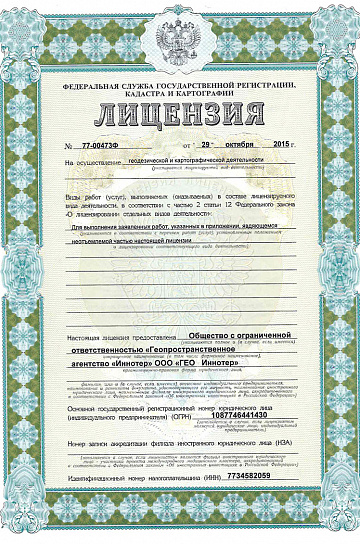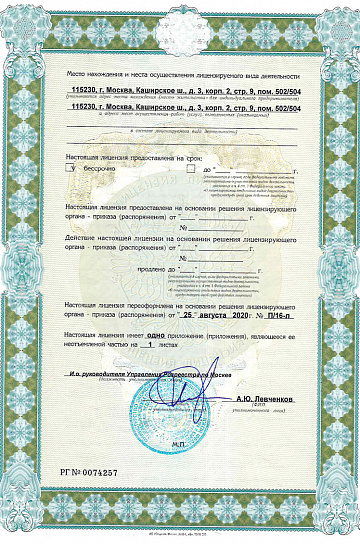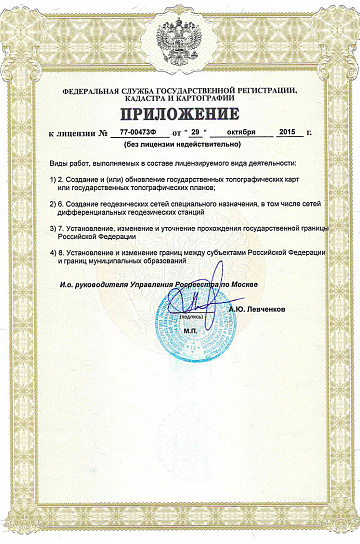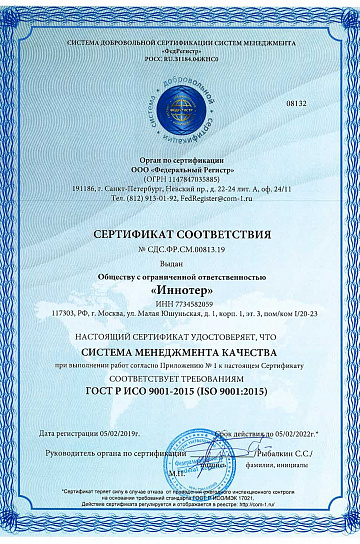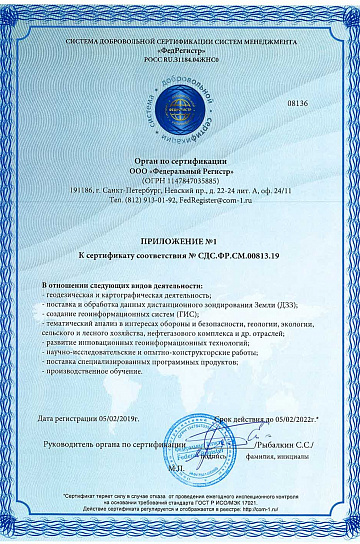GEO INNOTER is ready to perform the work on creating a Digital Elevation Model (DEM) "turnkey", as well as select and deliver ready-made commercial Digital Elevation Models (DEM) for any area in the world.

You can order from us
Prices for services
Ordering Ready-Made Commercial Digital Elevation Models Created from Satellite Imagery:
| Consultation | Free of charge |
|---|---|
|
Ordering Ready-Made DEMs (AW3D, WorldDEM, Maxar 3D, NextMAP, VRICON, TanDEM-X, etc.)
Up to 1 meter accuracy (RMS). |
Minimum area from 25 km2 Price starting from 2,500 USD |
| Delivery Time | From 5 working days |
Creating DEMs:
| Consultation | Free of charge |
|---|---|
| Selection of Imagery, Preliminary Analysis | Free of charge |
| Ordering Imagery | from 8 to 200 USD per km2 depending on the imagery (archive-new, mono-stereo, resolution)* |
| Stereo Processing of Remote Sensing Data | From 8 USD per km2 |
| Creation of DEMs | From 8 USD per km2, calculated individually for each specific order, depending on the volume of processed remote sensing data and the presence/absence of control points |
| Delivery Time | From 5 working days (depending on the volume, complexity category, and availability of archive imagery) |
The price of DEMs depends on the cost of ordered imagery and the complexity of the work (including the number of images covering the area of interest, the presence of control points, and the complexity category of the area). The price is calculated individually for each customer.
The cost of execution is calculated on an individual basis, taking into account a specific of task.
After receiving the task description, we calculate the cost and send you a commercial offer.
Period of execution
Technical task coordination: from 1 to 5 days*
Contract signing: from 1 to 5 days
Contract execution: from 5 days**
TOTAL DURATION: from 6 days*
* working days
** from the date of receiving 100% advance payment
The duration of the work depends on the total area, the amount of remote sensing data to be processed, their type, and is calculated individually for each customer.
How to place an order:
Need for consultation?
Fill the form and we will contact you
Stages of service provision
The result of the provision of services
As a result, the customer receives a digital elevation model of the specified type. The most common ways of digitally representing the terrain are:
- Regular matrix (regular or grid model) of the Earth's surface elevations (represented on a regular grid of squares, rectangles, or triangles, with elevation values assigned to its nodes).
- Irregular, also known as TIN (Triangulated Irregular Network) model, which includes a set of points with elevation values that have been triangulated, taking into account lines of continuity discontinuity.
- Vector lines (contour lines or other isolines with equal or unequal intervals); grids (elevation matrix).
DEM can be provided in formats such as:
- GeoTIFF, Arc/Info ASCII Grid (ASC), Band interlieved (BIL), XYZ, or as tiles in Sputnik KMZ format.
- TIN model can be provided in formats such as: Wavefront OBJ, 3DS, VRML, COLLADA, Stanford PLY, STL models, Autodesk FBX, AutoCAD DXF, Google Earth KMZ, U3D Universal 3D, Adobe PDF.
- Contour lines (isopleths) can be provided in formats such as: AutoCAD DXF, ArcGIS SHP, Google KML for irregular grids.
Related services












Aerophotogeodesist, work experience 58 years, Education - Moscow Institute of Geodesy, Aerial Survey and Cartography (MIIGAiK)
Customers
FAQ
Created using modern software and equipment, the Digital Elevation Model (DEM) is a high-precision method for producing cartographic maps or raster representations of the Earth's surface. It consists of a group of coordinates and discrete numbers that determine the locations of buildings, natural features, and other objects, including valleys, rivers, elevations, and more, without considering vegetation on the terrain.
Information about the relief of a specific area is obtained not only through natural measurements but also through remote sensing using unmanned aerial vehicles, which allow for the creation of different types of assignments:
-
with irregularly placed points based on local coordinates, the center of the territory, structural lines, or relief profiles;
-
with regular representation of elevation points on triangular, rectangular, and other grids;
-
with contour assignment, where points are located on contour lines, either considering the complexity of the drawing or evenly distributed.
DEM is a pure raster grid, tied to a vertical coordinate system.
- For calculating slopes and slope exposure, as well as other geometric parameters of the terrain, which is crucial not only for road construction and various types of pipelines but also for proper field planning in agriculture and other industries;
- For visibility analysis in order to plan communication networks, solve military tasks, or in other industries;
- As well as for analyzing the illumination of an area and wind patterns;
- For orthorectification of images;
- For conducting project surveys and monitoring the dynamics of the terrain;
- For monitoring and forecasting geological and hydrological processes;
- For creating flood modeling;
- Monitoring exogenous processes by comparing multiple DEMs;
- Building and structure design. It takes into account not only the coordinates of specific points but also the characteristics of the construction site.

















